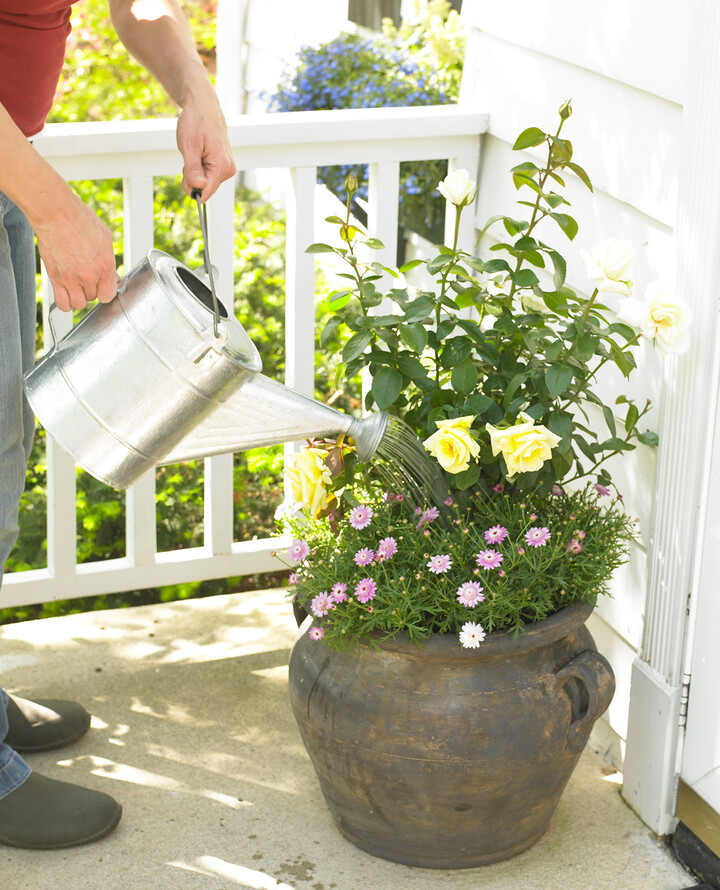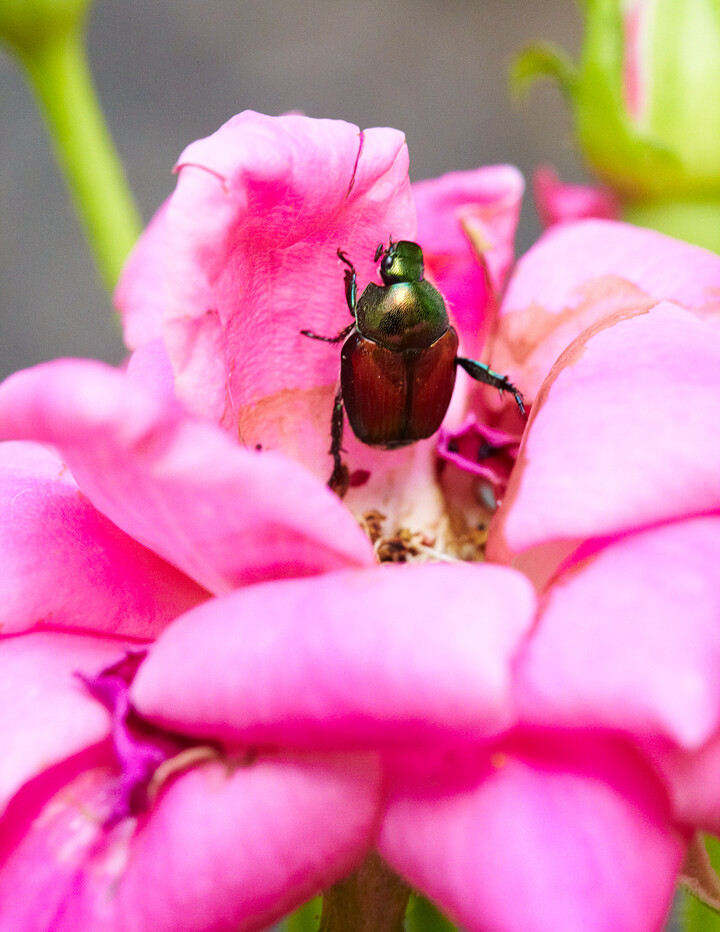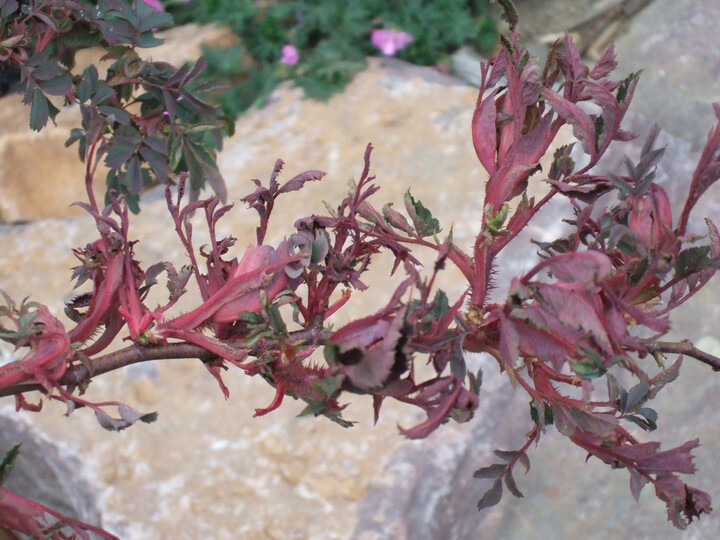When you think of roses, a garden full of velvety, dew-covered blooms may come to mind, looking like they often do in a magazine photo. That vision can quickly turn into frustration when the roses you're trying to grow don’t quite live up to the ideal. But with a few tweaks during planting and maintenance, you can absolutely have picture-perfect roses. The first step is adopting a balanced mindset. Put aside any fears of getting pricked or making a mistake so you can start giving your roses the care they need. On the other hand, don’t go overboard on following all the “rules” so you can actually enjoy your beautiful blooms, too. That said, watch out for these nine common pitfalls when growing roses.
1.Planting Roses in the Wrong Location
There are all kinds of roses, from huge ramblers to mini shrubs, so it pays to read the label carefully before you buy. A naturally large and rambunctious rose may not do well if it's constantly pruned down to fit in a small space. A rose that needs full sun will not thrive in shade. As much as possible, place your rose in a spot where it can be itself and its needs can be adequately met. You'll both be happier that way.

2.Skipping Soil Amendments
Even if you’ve picked the perfect place for your rose, you still need to improve the soil. For each rose, dig a hole up to two feet around and deep. Mix in a bag of manure. If you have heavy clay soil, you may want loosen the ground a foot deeper and add ground bark or coir.

3.Not Accounting for Deer
You might think that deer wouldn’t like a mouthful of thorns, but young rose stems, leaves, and blooms are among their favorite treats. I grow a whole lot of roses so a tall fence has been the best option for me. But if you only have a few roses to protect and a smaller deer population, odor-based repellents can persuade these destructive creatures to go elsewhere for a snack.

4.Letting Roses Go Without Water
Most types of roses love water. In dry weather, you'll get more flowers out of them by watering once a week. You can use a hose, watering can, or drip irrigation, but try not to get the leaves wet. This can encourage certain diseases that can cause your plant to drop its foliage. If that happens, your rose will spend energy replacing leaves instead of flowering, but it's not usually fatal.

5.Procrastinating Over Deadheading
Removing faded flowers encourages new blooms and maintains a clean look. Because most roses repeat bloom from spring until late fall, keeping up with deadheading can be a chore. One way I get this done is by twisting off old flowers with my hand each time I walk by (slipping on a garden glove first helps protect against scratches). If a rose flowers so densely that removing each bloom would take forever, clip the whole plant back a few inches with hedge shears. In a couple of weeks, new flower buds will appear.

6.Putting Off Pruning
A more thorough clean up than deadheading, pruning can reshape the entire plant and encourage healthy new growth. It only needs to be done once a year, usually in spring. You can also avoid prickles by using telescoping pruners, tongs, and a makeshift cardboard dustpan to rake clippings onto.

7.Using Harsh Pesticides
Many roses attract butterflies, bees, and other beneficial wildlife. Of the insects that feed on roses, most do little enough damage that it's not worth treating for them because you'll often harm the pollinators, too. If the damage gets out of control, try using less toxic organic pest control options such as insecticidal soap to take care of the problem.

8.Not Feeding Roses Enough
To get the best blooms from your roses, apply fertilizer after the last spring frost and again after the first bloom (I like to use an organic plant food formulated for roses). You can repeat once a month until September, but if you fertilize too late in the season, the plant may keep growing and trying to bloom when it should be going dormant for winter.

9.Leaving Plants Infected with Rose Rosette Disease
If you see a rose with unusual growth, it could be a symptom of RRD, the most serious rose illness. Check roserosette.org to see if it has spread to your area. You can upload photos of your rose onto their database to get an expert opinion. You can also call your local extension office. If one of your roses has RRD, remove it immediately and put it in the trash rather than your compost bin or with other yard waste for pick up so it has less chance of spreading.
